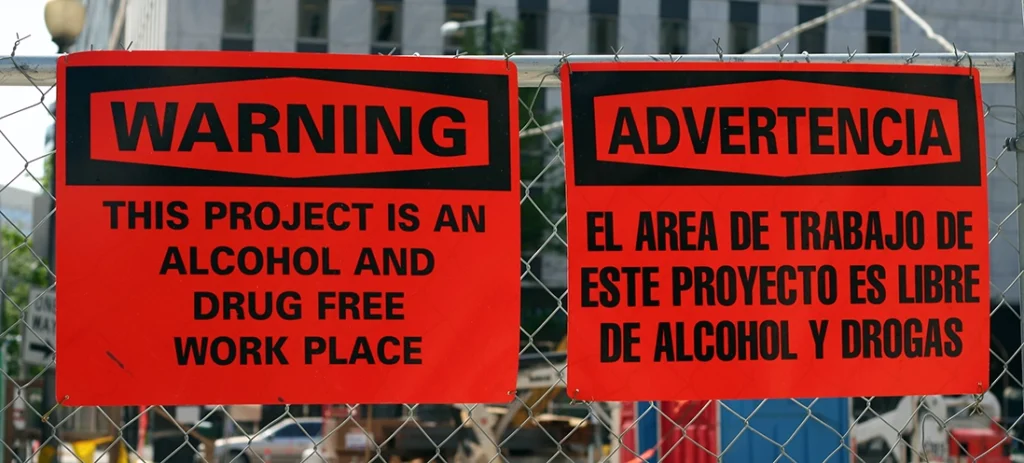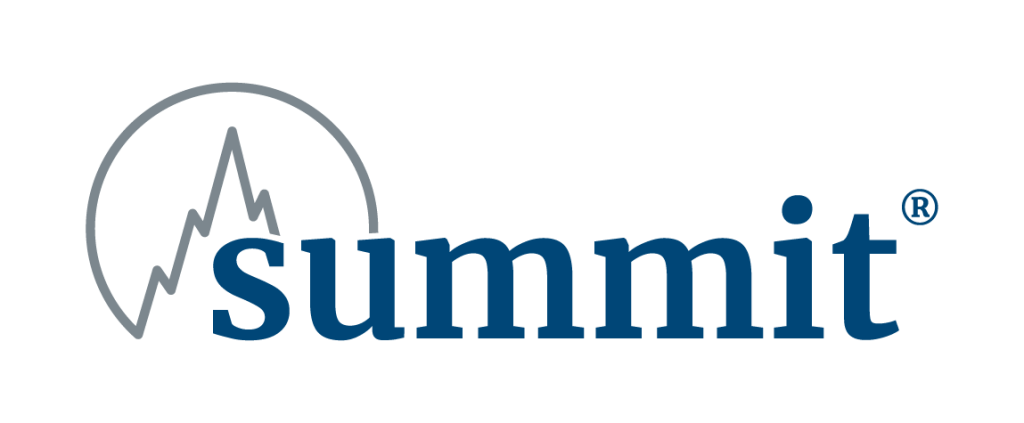SAFETY TOPICS
How Much Is Drug Abuse Costing Your Business?
In the U.S. and around the world, we’ve seen a rapid increase in substance abuse over the past two years. According to the National Institute on Drug Abuse, researchers have seen substantial increases in fentanyl, cocaine, heroin, and methamphetamine use. Abuse of alcohol and cannabis are also up, especially among people with clinical anxiety and depression. And some of the latest data available shows that drug overdose deaths in the United States increased by a record-breaking 30% between 2019 and 2020.1
As disheartening as these statistics are, they hit closer to home when they represent your own employees. About 9% of all workers in the U.S. have a substance abuse disorder.2 These disorders are more common in young men, so industries that employ more people in this demographic have a higher incidence. For example, in the construction industry, it’s believed that one in five workers has a substance abuse disorder.3

The costs
The human toll of addiction is easy to perceive, but difficult to quantify. The financial toll, however, is clear. Recently, the National Safety Council (NSC) teamed up with NORC at the University of Chicago to pin down the detailed costs of employee substance abuse disorders.3, 4
On average, employers spend $2,918 annually in health-care costs per employee when that employee is drug-free. That average jumps to $4,770 for employees with substance abuse disorders. And that’s just the start. Addiction and drug abuse increase costs for employers in several other categories as well, including reduced productivity, absenteeism, and turnover expenses. All told, an employer can expect to spend an extra $8,817 per employee with a substance abuse disorder.
An insightful tool
So, how many of your employees do you think fall into this category? In addition to research, the NSC and NORC have joined forces to give employers a peek behind the statistical curtain, to find out how all this data may be playing out in their own workplaces. Take a look at the fascinating tool these two organizations have developed at nsc.org/drugsatwork. They’ve taken all the available data, broken it down by location and industry, and created a way for you to apply it to your business. All you do is input your state, industry, and number of employees, and the tool gives you substance abuse probabilities for your company.
As an example, we input a hypothetical construction company in Florida with 75 employees. Here’s what we found out about our fictitious company:
- Of the 75 employees, eight abuse alcohol, one has an opioid or heroin addiction, one is abusing cannabis, and three are facing addictions to other drugs. (The tool points out that some of these may overlap, as many people deal with more than one addiction at a time.)
- In financial terms, these disorders are costing this company about $101,000 annually. That breaks down to roughly $31,000 in lost time, $45,000 in job turnover and retraining, and $25,000 in health-care costs. The tool also allows you to dig a little deeper, with estimates on items like the number of employee absences and days in the hospital.
Of course, these figures are generalizations, but they are based on state and industry-specific data. The goal is to give you an idea of what might be going on under the radar in your employees’ lives.
The strategy
Once you know your risks, it’s time to mitigate them. To reduce the costs of addiction in your workplace, you need ways to prevent, identify, and quickly control substance abuse cases. Effective workplace safety and drug-free workplace programs are designed to do just that.
First, let’s talk safety. You may find it strange to relate safety to drug abuse. But, the Centers for Disease Control and Prevention actually lists workplace safety first as a strategy to combat workplace drug abuse.2 That’s because many drug addictions begin with a prescription for narcotic pain medication after a workplace injury. Thankfully, many medical providers are becoming more cautious about prescribing highly addictive drugs. Sometimes, those painkillers are still the best treatment available, especially when it comes to severe injuries. Although, clearly, it’s better to avoid the accident in the first place.
A successful drug-free workplace program tackles the issue head-on by making company expectations clear, creating guidelines for employee accountability and, in many cases, offering support for employees facing addiction. In some states, businesses may be eligible for workers’ compensation premium discounts when they implement workplace safety or drug-free workplace programs.
Summit resources
For more information on creating a workplace safety or drug-free workplace program for your company, visit the Drug-Free Workplace Program page. You’ll find on-demand drug-free workplace program training. We offer a PowerPoint for presenting to employees, a video that guides you through the presentation and an accompanying training manual with more details. You can also call us and ask for our loss prevention department if you need assistance. If you’d like to schedule a drug-free workplace training, contact your loss prevention consultant or email [email protected].
Footnotes
- “COVID-19 and Substance Abuse.” National Institute on Drug Abuse, U.S. Dept. of Health & Human Serv., nida.nih.gov/drug-topics/comorbidity/covid-19-substance-use (Accessed Aug. 1, 2022).
- “Workplace Supported Recovery Program.” The National Institute for Occupational Safety and Health, U.S. Dept. of Health & Human Serv., www.cdc.gov/niosh/topics/opioids/wsrp/default.html (Accessed Aug. 1, 2022)
- “New Analysis: Employers Stand to Save an Average of $8,500 for Supporting Each Employee in Recovery from a Substance Use Disorder.” NORC at the University of Chicago, www.norc.org/NewsEventsPublications/PressReleases/Pages/new-analysis-employers-stand-to-save-an-average-of-8500-for-supporting-each-employee-in-recovery-from-a-substance-use-dis.aspx (Accessed Aug. 1, 2022).
- “Substance Use Employer Calculator.” National Safety Council, nsc.org/drugsatwork (Accessed Aug. 1, 2022).
Disclaimer
The information presented in this publication is intended to provide guidance and is not intended as a legal interpretation of any federal, state or local laws, rules or regulations applicable to your business. The loss prevention information provided is intended only to assist policyholders of Summit managed insurers in the management of potential loss producing conditions involving their premises and/or operations based on generally accepted safe practices. In providing such information, Summit Consulting LLC does not warrant that all potential hazards or conditions have been evaluated or can be controlled. It is not intended as an offer to write insurance for such conditions or exposures. The liability of Summit Consulting LLC and its managed insurers is limited to the terms, limits and conditions of the insurance policies underwritten by any of them.

